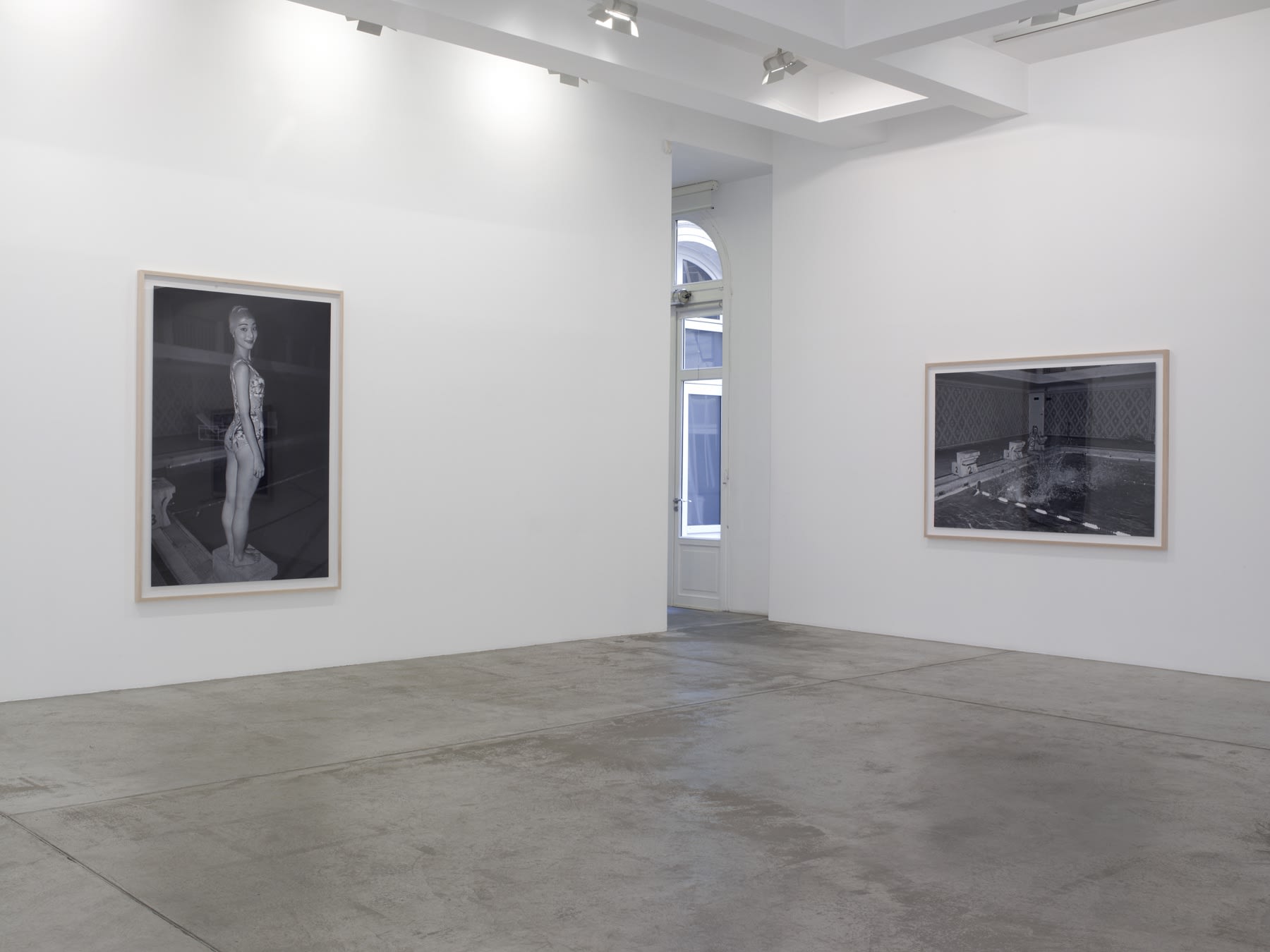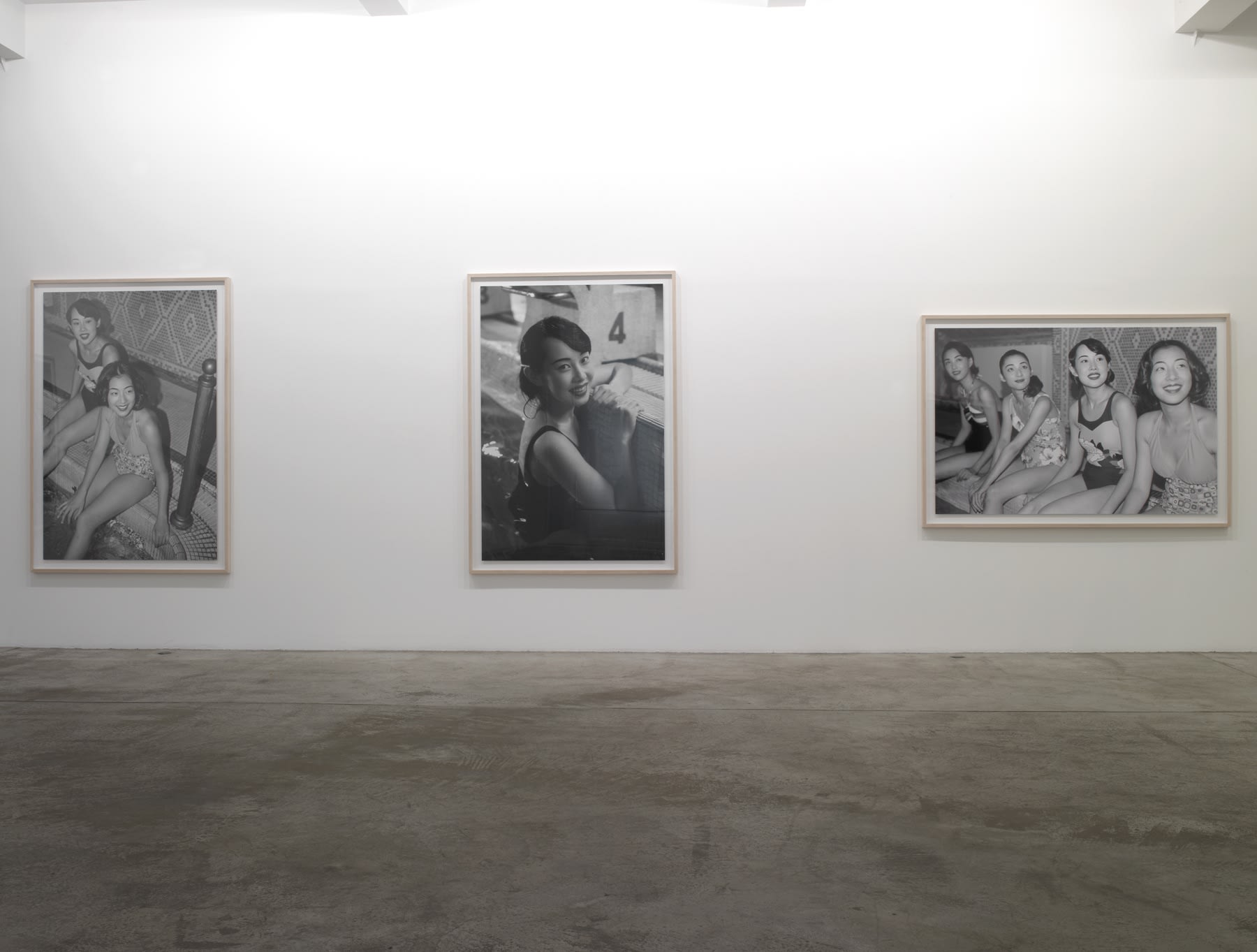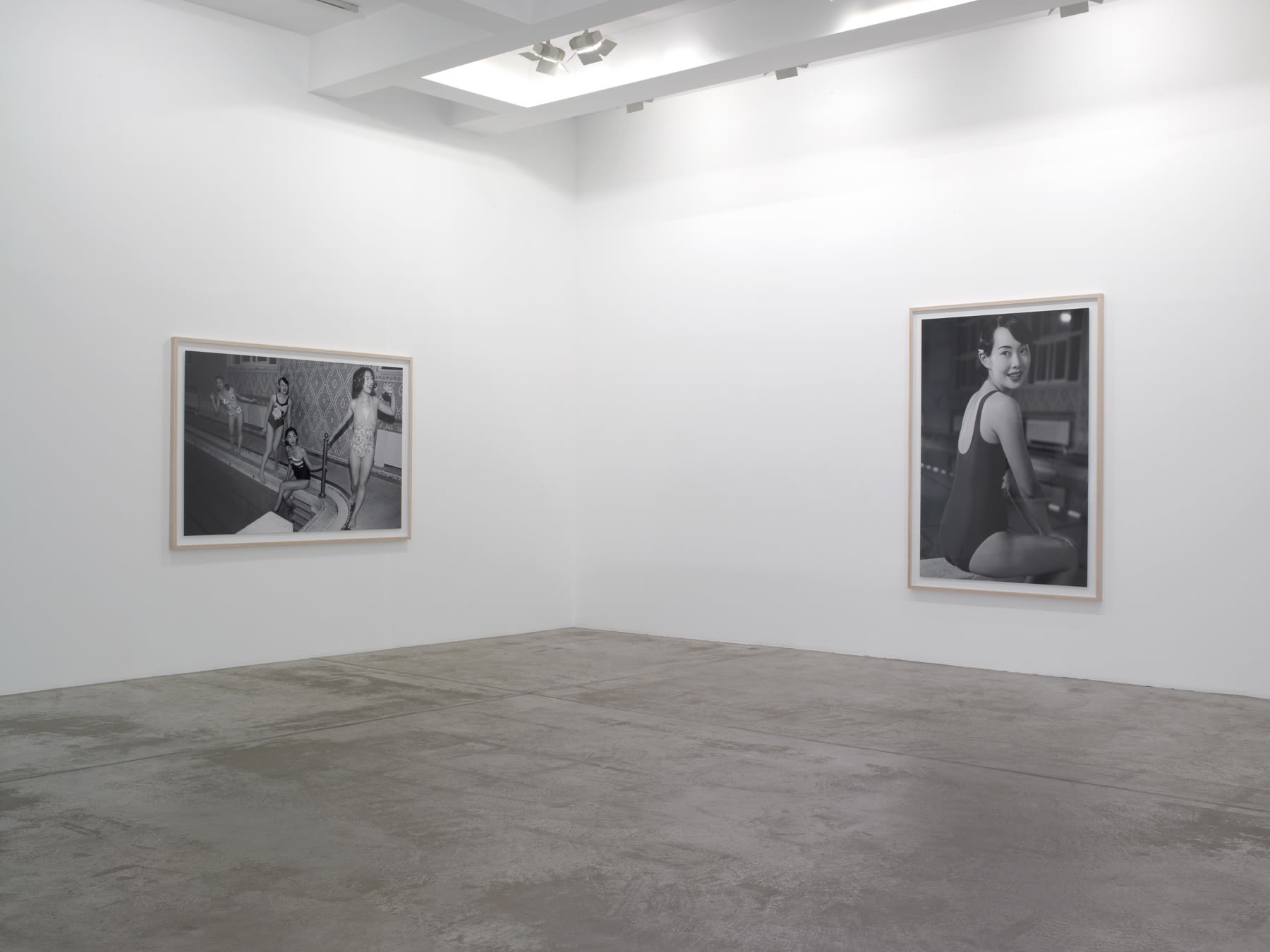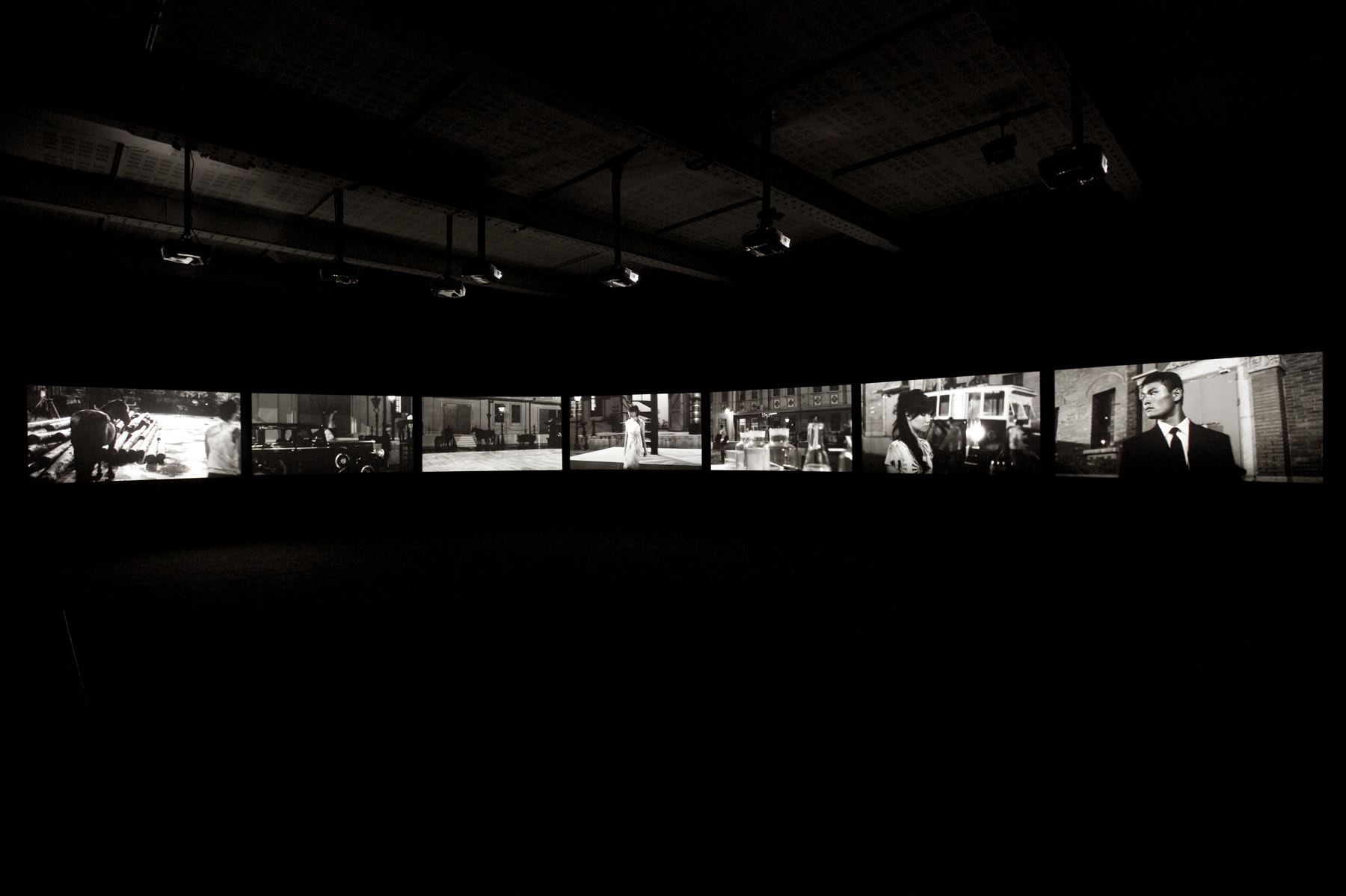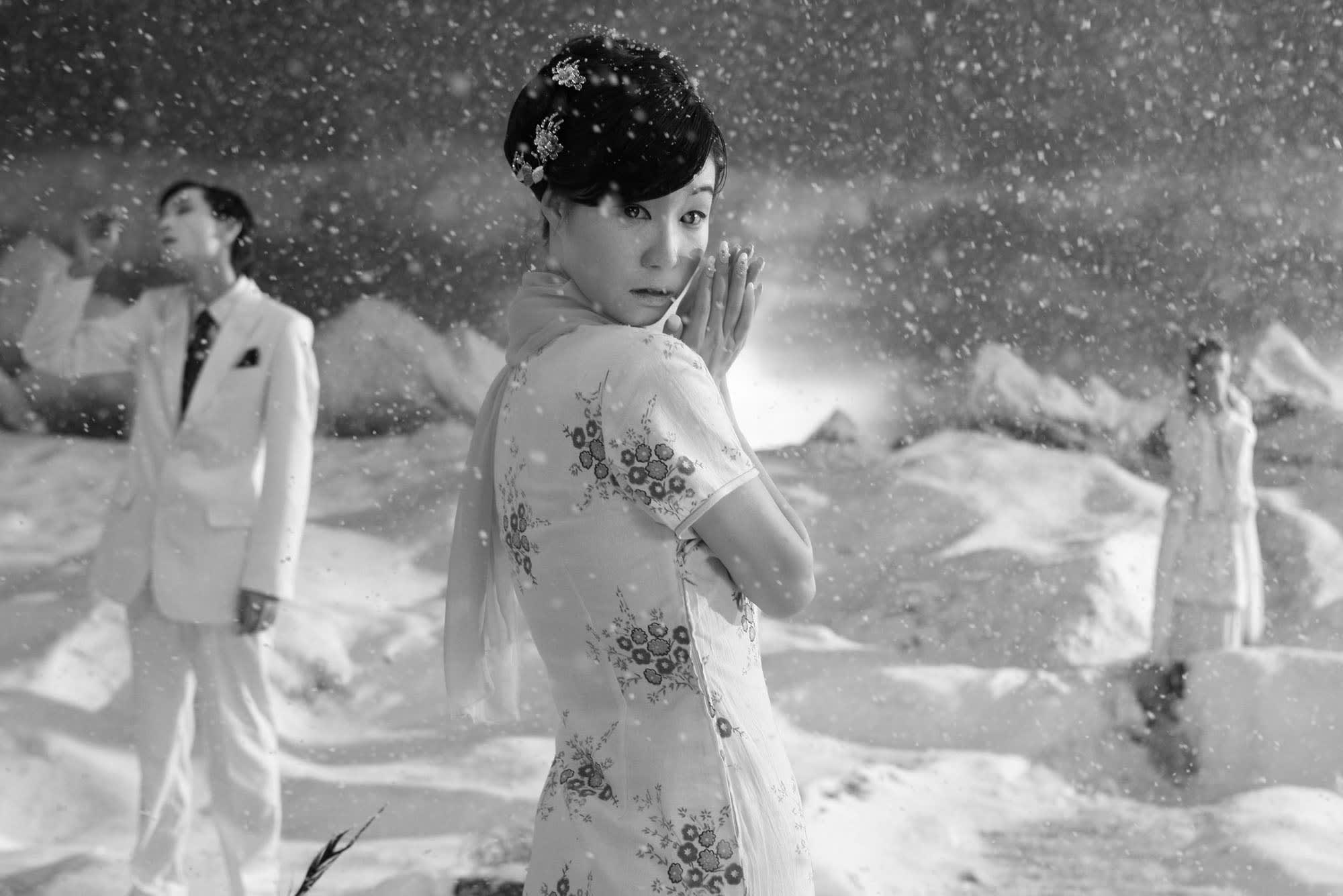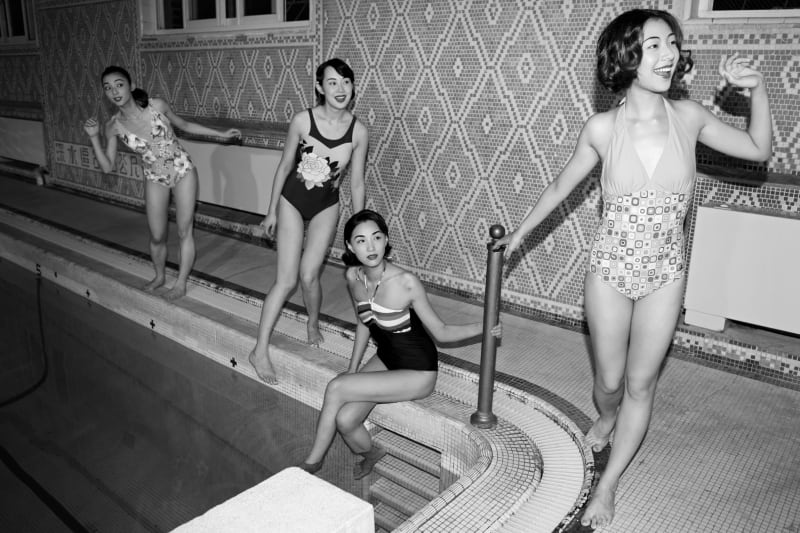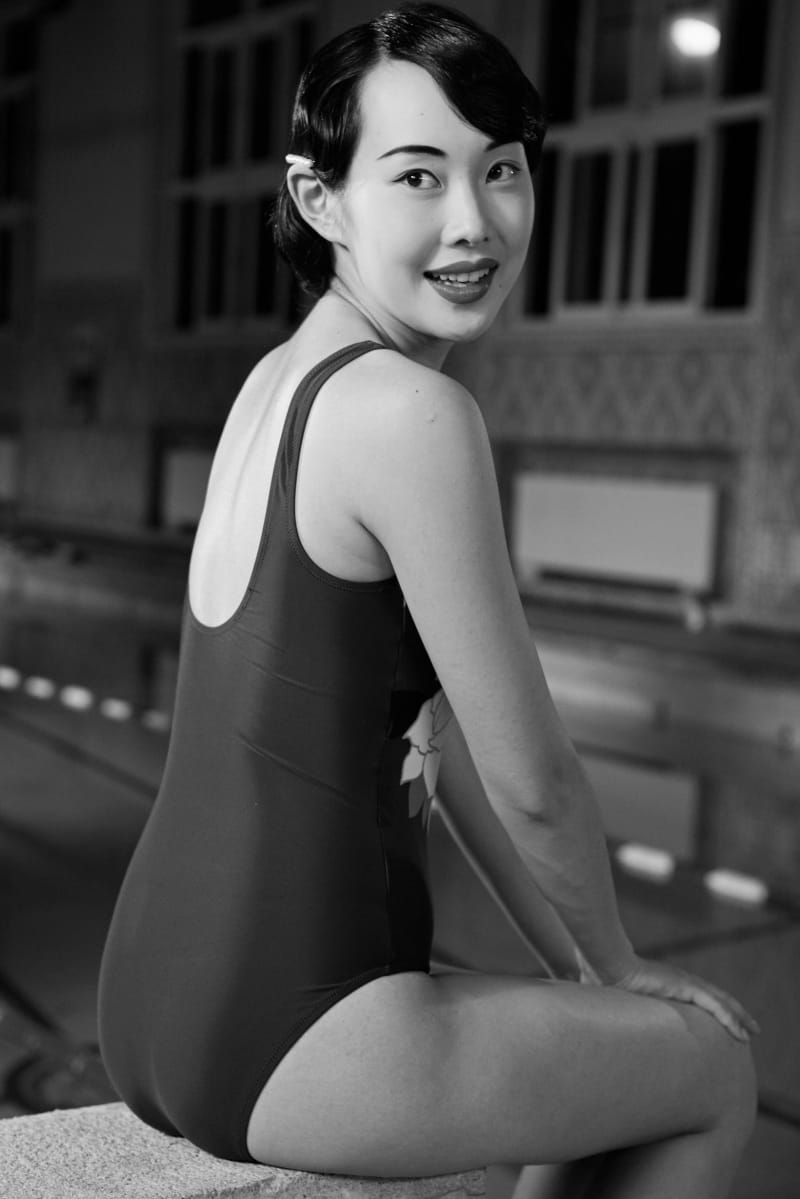Overview
Marian Goodman Gallery is pleased to announce our third exhibition of work by Yang Fudong. Presenting a selection from an intriguing new body of work that Yang has created over the last three years, the works on view extend his exploration of the relationship between time, place, reality and artifice but also reveal and critique the process at the very heart of Yang’s process and of film making itself.
Yang Fudong: The Fifth Night, 2010
Ye Jiang (The Nightman Cometh), 2011
International Hotel, 2010
March 28 – April 28, 2012
Opening Reception: Wednesday, March 28, 6-8 pm
Marian Goodman Gallery is pleased to announce our third exhibition of work by Yang Fudong which will be on view from March 28th through April 28th. Presenting a selection from an intriguing new body of work that Yang has created over the last three years, the works on view extend his exploration of the relationship between time, place, reality and artifice but also reveal and critique the process at the very heart of Yang’s process and of film making itself.
The Fifth Night, presented in the North Gallery, unfolds in black and white on seven parallel screens connecting together, emulating a Chinese long roll painting. Girls and boys meet and part randomly on a set of a city plaza suggestive of 1930s Shanghai. Their movements are dreamlike and full of solitude. The camera, in continuous motion, follows individual young boys and girls in a meditative state. Moving cameras enhance this state of loneliness. Everyone sees one another but they just regard each other as if they were staring at statues. Yang has spoken of the characters ‘leaving a trace in the way a brush leaves a stroke on a long-roll painting’. There is no real communication, no words are exchanged at all. It is in the sound of footsteps, hammering, horses’ hooves, and street traffic that the scenes are linked together. Much of the film was shot on location at the famous Shanghai Film Shooting Base and was photographed at night to emphasize the theatricality and artificiality of its mise-en-scene. When asked about the increasing use of artificial scenery in his latest films, Yang commented:
"It is always a challenge to direct actors to express believably ‘true’ feelings on screen. This is something I am slowly coming to realize.(…) What if we expressed our true and
fake emotions at the same time, in order to reach what we ultimately desire? Mixing both yin and yang is like painting truth and lies. I wondered how to achieve such imagery
and how to show this thin line between the real and unreal through film techniques, set designs, characters, costumes and music. Is seeing really believing?"
This is a notion that Yang has developed further in the second version of The Fifth Night, as well as in another film installation made in 2009, Dawn Mist/Separation Faith. In both works, Yang included the video output from several monitors that were connected to the seven film cameras and some of the ‘bad takes’ that would normally have been discarded. By including this revelation of real and present time with its imperfections and mistakes, Yang not only draws a contrast to the fictional, theatrical time of the production but also reveals one of the ‘truths’ of his process.
Ye Jiang (The Nightman Cometh), a single screen work which is presented in the South Gallery, unfolds in the realm of historical fantasy. An ancient warrior is seen wounded and forlorn after battle: he is in conflict about his path in life. Three ghost-like characters appear as emblems of feelings and thoughts that surface and clash within the warrior’s heart and mind as he has to decide whether to disappear or continue fighting. Yang has preferred to describe the film as ‘neo-realistic’ rather than historical and allegorical:
“Neo-realism” is a history theater where current and contemporary societal conditions come to play. Who exists realistically, the warrior baron in his period costume or the ghost
in a modern outfit? When the ancient battlefield scene and other historical events appear and reappear, where do they belong, in the past, the present or the night-falling future?
How impossible it seems to make up your mind, when there is no easy answer to get from the narration! It is getting dark. The warrior has to decide whether to disappear/escape (die) or to continue fighting, which of course might lead to the same fate – death. There is hope nonetheless. The body is desirable whereas the soul is more precious. His spirit is what backs him up in life. How should we live our lives now? How do we identify ourselves with neo-realistic historical events and continue to search for spiritual meanings? What do we really want?
The exhibition is completed by a set of photographs which suggest yet another time period. They were shot around the Art Deco swimming pool at the International Hotel in Shanghai – and take their title from this location. The images are evocative of the Chinese ‘Modern Woman’ - as seen in advertisements, calendars and film posters before the second World War – a time of possible emancipation for women.
Yang Fudong was born in Beijing in 1971 and trained as a painter at The Academy of Fine Arts Hangzhou from 1991-95, and then later in the Department of Photography there, as well as the Film Academy Beijing in 1996. One of the most important artists to emerge in contemporary China, his film and photographic work is characterized for its painterly approach to its subject.
Recent solo presentations of his work include one-man exhibitions at Parasol Unit, London; Sherman Contemporary Art Foundation, Sydney; and Galerie Marian Goodman, Paris in 2011; Hara Museum of Contemporary Art, Tokyo; National Museum of Contemporary Art, Athens; and Kunsthaus Basel in 2010; Museum of Contemporary Art, Denver; MuKHA, Antwerp; Asia Society, New York; and Zendai Museum of Modern Art, Shanghai in 2009. Earlier solo exhibitions of his work were seen at The Phoenix Art Museum, Phoenix, Arizona (2008); Sackler Gallery, Smithsonian Institution, Washington, DC (2008); Parasol Unit, London (2006); Stedelijk Museum, Amsterdam (2005); Castello di Rivoli (2005); Kunsthalle Wien 9(2005); and Renaissance Society, Chicago (2004).
Upcoming exhibitions include a solo presentation of The Fifth Night which will be presented at the Vancouver Art Gallery from May 12 – September 3, 2012. Yang Fudong’s work will be included in the group exhibition La La La Human Steps at Istanbul Modern through May 6th, and The Best of Times, The Worst of Times – Rebirth and Apocalypse in Contemporary Art, at Mystetskyi Arsenal, Kiev, which will be on view from May 17th – July 31st, 2012.
The gallery exhibition will be accompanied by a brochure featuring an interview between Li Zhenhua and Yang Fudong.
Please join us at the opening reception from 6-8 pm on Wednesday, March 28th.
For further information, please contact the Gallery at: 212 977 7160.
